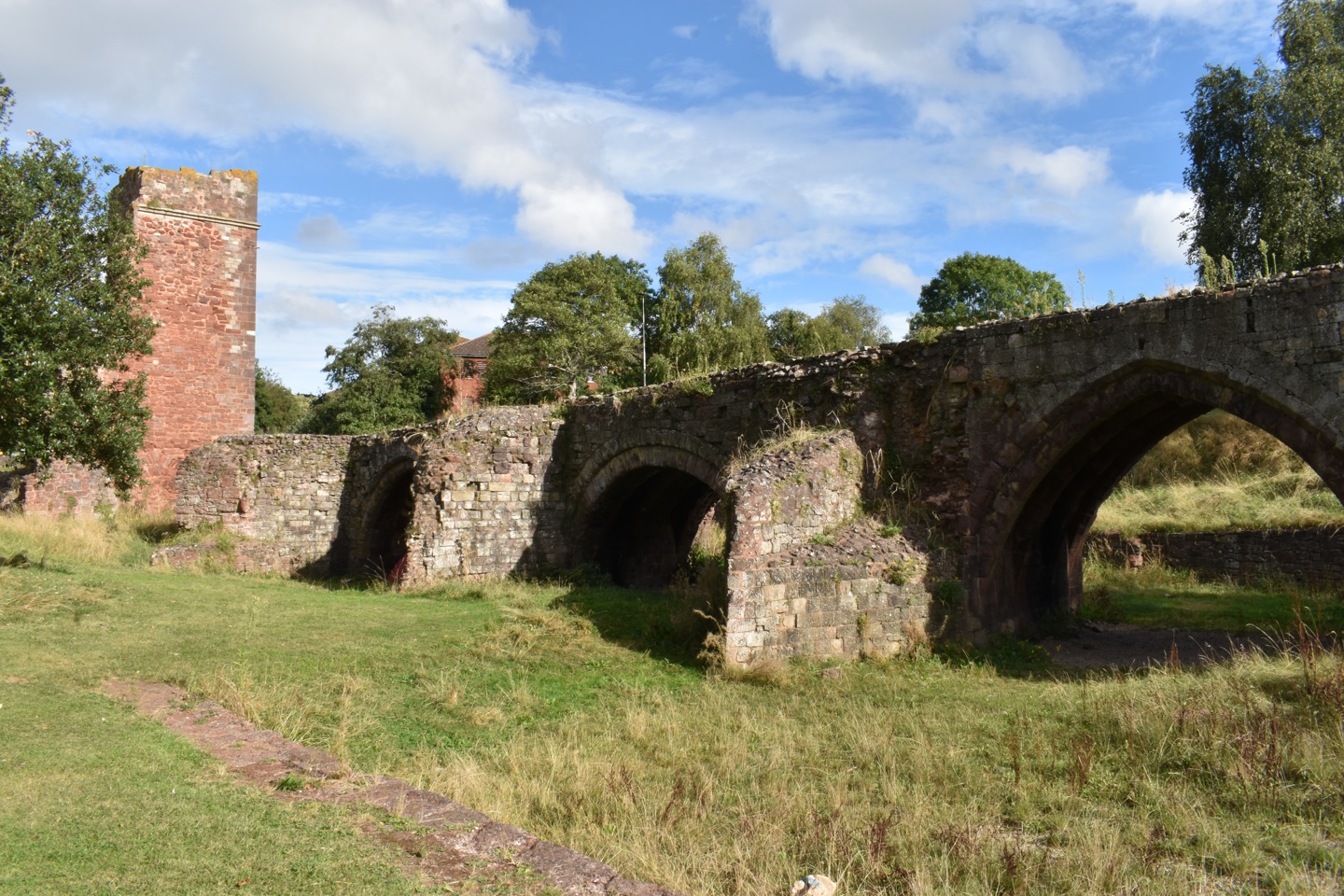January 22, 2024
Having recently collaborated with a client in the preparation of a change of use application for a piece of land containing a Scheduled Monument (comprising the underground archaeological remains of a Roman signal station), we thought some of the issues were worth covering in a short advice note, as there is certainly some room for confusion regarding what you can and can’t do, and what consents you may need.
What are Scheduled Monuments?
Scheduled Monuments are historical sites acknowledged for their national significance, documented in the 'Schedule' maintained by Historic England under the legislation outlined in the 'Ancient Monuments and Scheduled Areas Act 1979.' These sites vary from Listed Buildings in terms of selection criteria, protective measures, and necessary consents for any work that might impact them. Generally, Scheduled Monuments encompass non-habitable structures and archaeological sites, spanning from 19th-century fortifications to medieval monastic structures and Iron Age hill forts. Some monuments are entirely sub-surface, such as Roman forts, signal stations, or prehistoric features.
How are they protected?
Each Scheduled Monument has a clearly defined protected area under the Scheduling, simplifying the understanding of what falls under protection compared to Listed Buildings. Crucially, Scheduling safeguards sites from physical damage resulting from a variety of potential works and operations. Irrespective of the need for planning permission, any work on a Scheduled Monument or within the Scheduled Area requires Scheduled Monument Consent. Proceeding without this consent constitutes a criminal offense under the 1979 Act. The Secretary of State for Culture Media and Sport issues this consent, but its approval or rejection rests with Historic England's Inspector of Ancient Monuments.
Certain exemptions exist, particularly regarding established agricultural practices. However, a change in land use or a hiatus in use exceeding six years necessitates reapplication. Scheduled Monuments, by nature, can pose restrictions on development. Unlike Listed Buildings, which accommodate managed change, Scheduled Monuments are less amenable to adaptive reuse and often remain historical monuments rather than evolving with occupants' requirements.
How does Scheduling affect applications for planning permission?
Scheduling bestows the status of 'Designated Heritage Asset,' aligning with National Planning Policy importance equivalent to Grade I and Grade II* Listed buildings. While legal protections are concerned only with preventing physical damage, planning policy also considers preserving the monument's setting. Even a fully sub-surface Scheduled Monument can contribute to its significance and may be affected by development.
This is perhaps well demonstrated by the site of the Roman signal station which, despite having no visible expression on the surface, still occupies a very prominent position in the landscape with panoramic views. The location and openness allow for an appreciation of how the signal station functioned and why it might have been located there.
Navigating Permitted Development rights concerning Scheduled Monuments requires nuance. Specific PD rights are removed on sites within, or containing a Scheduled Monument, but differing from those for Listed buildings. In some instances, this allows more flexibility for minor development near a Scheduled Monument compared to within the curtilage of a Listed Building. Suffice to say if you need advice on this do get in touch!
Please do contact Avalon Planning & Heritage if you have any questions or issues around Scheduled Monuments or obtaining Scheduled Monument Consent or planning permission where works may affect a Scheduled Monument.



